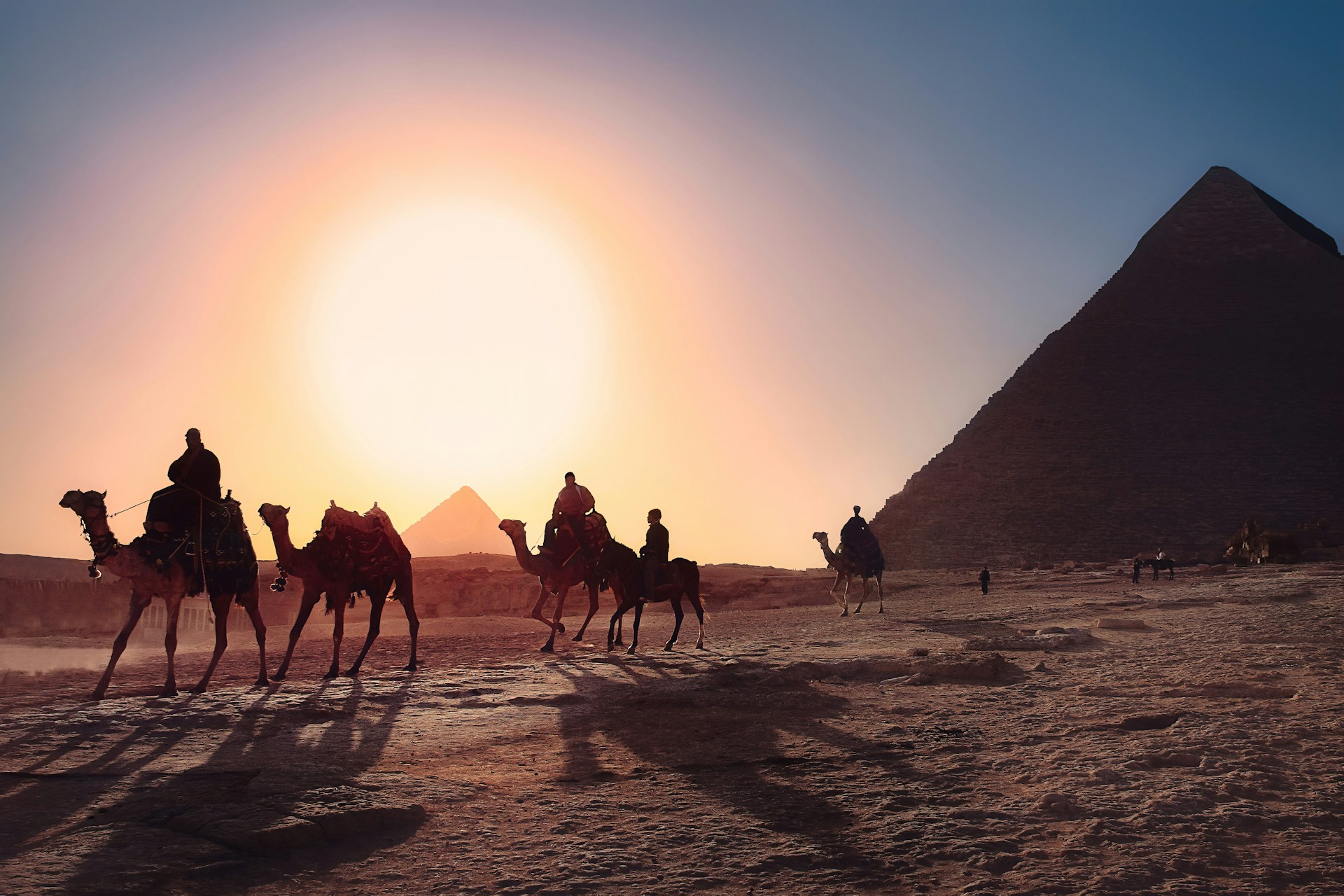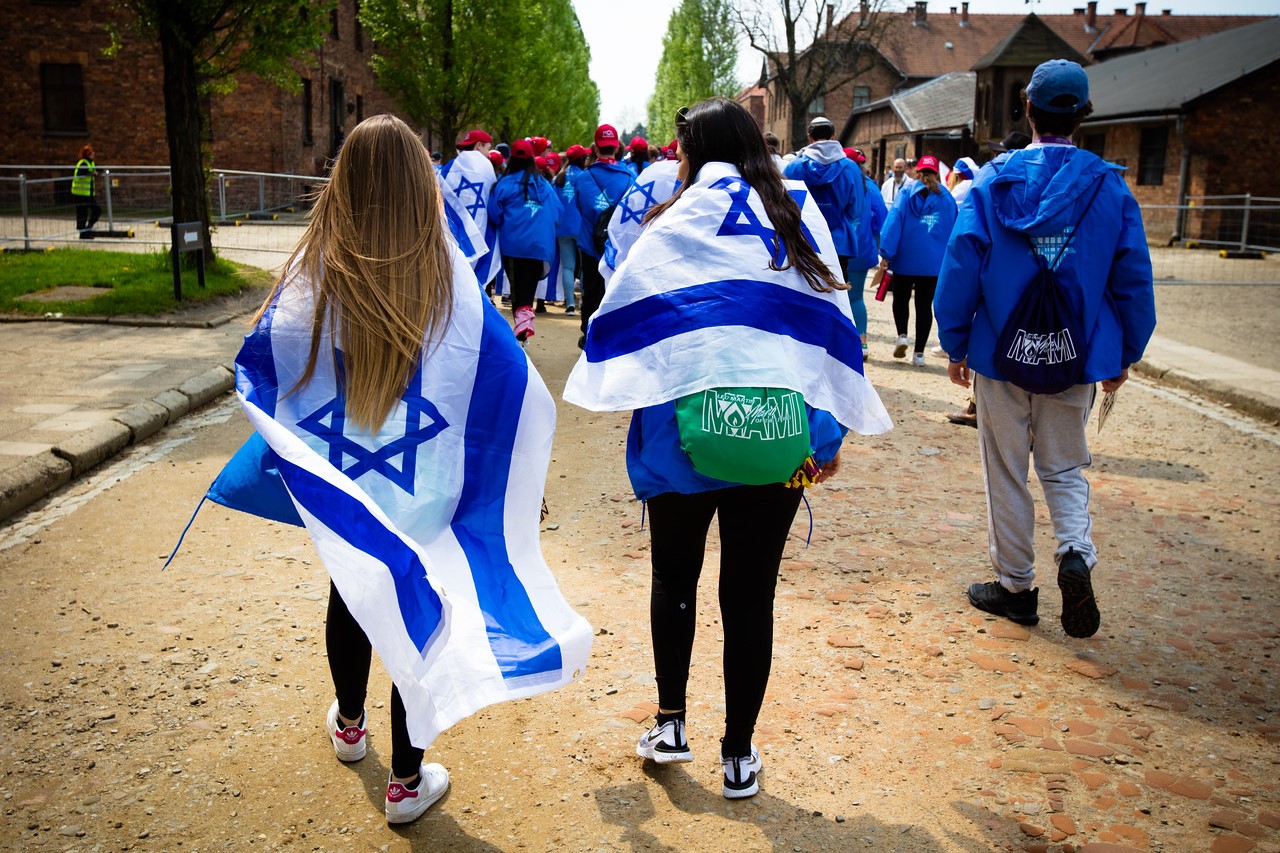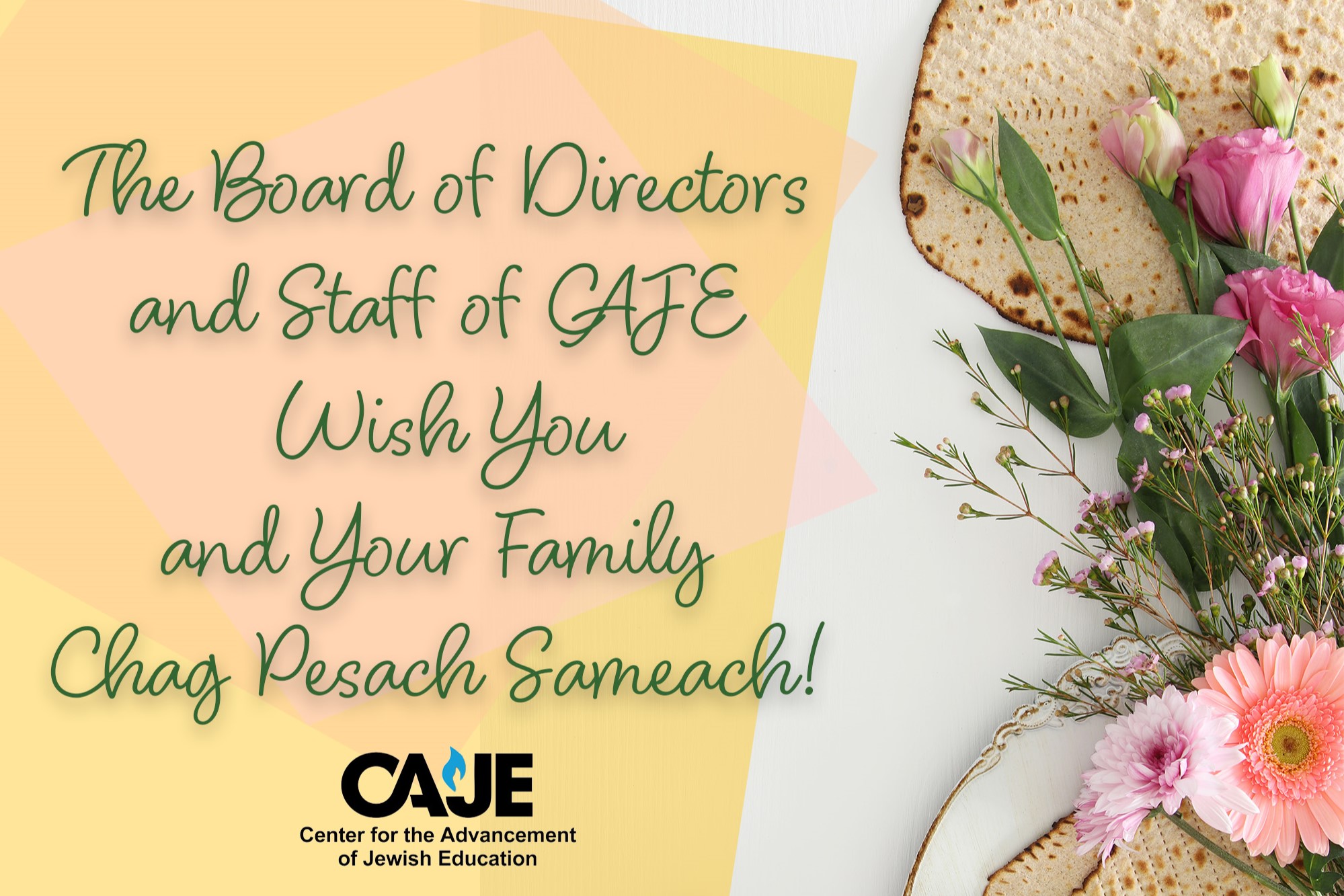We All Need to Leave Egypt Over and Over Again


Photo by Simon Berger on Unsplash
A Collection of Passover Perspectives For over two decades I've collected interesting and diverse materials related to Passover. The website contains links to poems, readings, fun things, and articles to browse as you prepare for your seders.
The Exodus from Egypt - Yetziat Mitzrayim - is considered the “Master Story” of the Jewish people. (Master stories are those narratives that are shared by many or most people within a society or culture. They are the cultural scripts or dominant discourse by which we live.)
The Exodus is mentioned in the weekly celebration of Shabbat in the words of the Kiddush, in the daily ritual of prayer in the siddur following the Shema/V’ahavta (in the Geula prayer when we sing Mi Chamocha), in the reasons for the custom of wearing tefillin and tallit, as well as in the ethical mandate not to oppress the stranger, remembering that we were once strangers in the land of Egypt, which is mentioned over 36 times in the Torah.
And of course, it’s at the heart of the upcoming festival of Passover.
In fact, it’s so important for Jews to remember the Exodus from Egypt that Rabbi Yitz Greenberg notes Jews cannot go more than 6 months without a holiday devoted to this Master Story— celebrating Pesach in the Spring (Nisan) and celebrating Sukkot in the Fall (Tishrei).
Both are the two main holidays of Biblical Judaism.
Leaving Egypt is what created the Israelites (proto-Jews) as a people, rather than just a large family or collection of tribes.
Creation is clearly symbolized by the way the story of Yetziat Mitrayim is told.
First, we have to understand the meaning of the word Mitrayim (Egypt).
Hebrew words are built out of root letters with the addition of prefixes and suffixes to connote various things.
The root of Mitzrayim/ Egypt is “Tzar” ( tzadi + resh), which means “narrow,” “constricted,” “bound,” and “in distress.” The plural ending “Yim” multiplies the intensity of the essential meaning. The prefix “mem” is a way of turning verbs, adjectives and adverbs in Hebrew into nouns.
So altogether Mitzrayim/ Egypt is an extremely narrow, constricted, distressed place where people feel bound or oppressed in some way.
Second, how do the people escape this place?
As in all the major Biblical stories, change happens with a combination of human and Divine partnership.
G!D tells Moshe (Moses) and Aaron to go to Pharoah and tell him “Let my people go.”
Then Aaron lifts up his staff and strikes the water of the Nile river, turning it into blood (Shemot/Exodus 7:19)
That was the first plague.
Nine more plagues ensue and Pharoah finally allows the Israelites to leave Mitzrayim/Egypt.
10 plagues represent the 10 lunar moons (9 full solar months) of human pregnancy.
This was the gestation of our people.
At the end of it, the people go free, only to be stymied by what seems to be impassable obstacles- the Reed Sea ahead of them and the pursuing Egyptian army behind them.
At just that moment, Moshe (Moses) holds out his staff over the sea and the waters were split, forming dry ground with a wall of water on the right side and another wall of water on the left side. (Shemot/Exodus 14: 21-22)
Despite many attempts to replicate this natural phenomenon on the Discovery or History Channels, no one can figure out how this could be explained scientifically or naturally.
Which means it’s either a miracle (something outside of or beyond science) or it’s a symbol or both.
If it’s a symbol, what does it symbolize or point towards?
Let’s review: Blood, 10 lunar months of gestation, a dry canal with walls to the right and left…
It’s clearly the process of birth, the creation of a people.
In Mitzrayim / Egypt we lived in darkness, constricted and oppressed, until we were finally able to escape, with Divine assistance, to freedom.
Passover is the birthday of the Jewish people, at which we, so to speak, are reborn as Jews each year when we tell and transmit our Master Story l’dor va’dor - from one generation to another.
Third, a Master Story is always more than a far-off, long ago historical experience, no matter how dramatic or important it may be.
The story of Yetziat Mitrayim / Leaving Egypt is a story that is both historical and communal, as well as absolutely current and individual at the same time.
Because each one of us has areas of darkness and constriction and oppression in our lives.
Perhaps it’s a physical ailment, a psychological scar, an emotional trauma, an addiction, or any number of conditions that bind or enslave us in painful ways.
Mitzrayim is both a physical, historical place in real time and concurrently a meta-physical, spiritual and emotional place in our minds and hearts.
As the Buddhist-Jewish teacher Norman Fischer has written:
We’re used to regarding it as a tale of historical and political liberation, which it certainly is. But the genius of the Torah is that it operates constantly on several levels at once, and it is possible, even necessary, to read the Exodus story also as the record of a personal, spiritual event, a spiritual liberation, a breakthrough for the soul that happened once long ago, and happens again and again, in the life of each individual who suddenly recognizes that chilling existential moment of standing right here, between the relentless pursuer and the forbidding sea.
Rabbi Danny Lapin wrote:
Today, we may not be physically enslaved, but we can enslave ourselves by not knowing, deep inside of us, that we are capable of change. Making positive changes in our lives is terribly difficult. Most of us find it almost impossible to overcome our own inertia and rather than undertake the massive effort necessary today, we simply condemn tomorrow to be a repeat of yesterday. Really internalizing the power of change can propel us to better times.
We’re all stuck in our own particular Egypt, whatever it is. While we need to change behavior, we first need to change our image of ourselves. God’s opening statement assures us that if the Israelites could escape the [historical] Egypt, then each one of us can also escape our own [personal] Egypt.
If the Israelites could eventually enter the historical Promised Land, even after a long and difficult journey through the wilderness, then each one of us can ultimately reach our own personal Eretz Yisrael [Land of Israel] as well.
That’s what the haggadah wants us to understand when we say “Next Year in Jerusalem” at the end of the seder. “Next Year in Jerusalem” is not about getting on an El Al flight and landing 14 hours later in Israel. It’s a statement about the eternal, symbolic Jerusalem, which represents hope in a world not yet free from evil, illness and pain.
By reciting “Next Year in Jerusalem” we remind ourselves each year that it is still worthwhile to work to bring about a better world, a redeemed world, a world where all people will be physically, emotionally and spiritually freed.”
That is why the Jewish Master Story has inspired so many non-Jews who have read and internalized its message.
This year, I pray that every Jew takes this ageless and ever-contemporary Master Story of Yetziat Mitzrayim/ Leaving Egypt to heart, recognizing that it “operates constantly on several levels at once.”
May we perceive its significance to us as a people born from slavery into freedom (and reborn each year recounting it) as well as to us as individual human beings seeking an exodus from our own personal Mitzrayim and working for a world in which every person achieves freedom on every possible level.
Hag Pesach Kasher v’Sameach
May we all merit a rebirth this Pesach and leave whatever Mitzrayim that currently enslaves us!
Shabbat Shalom




